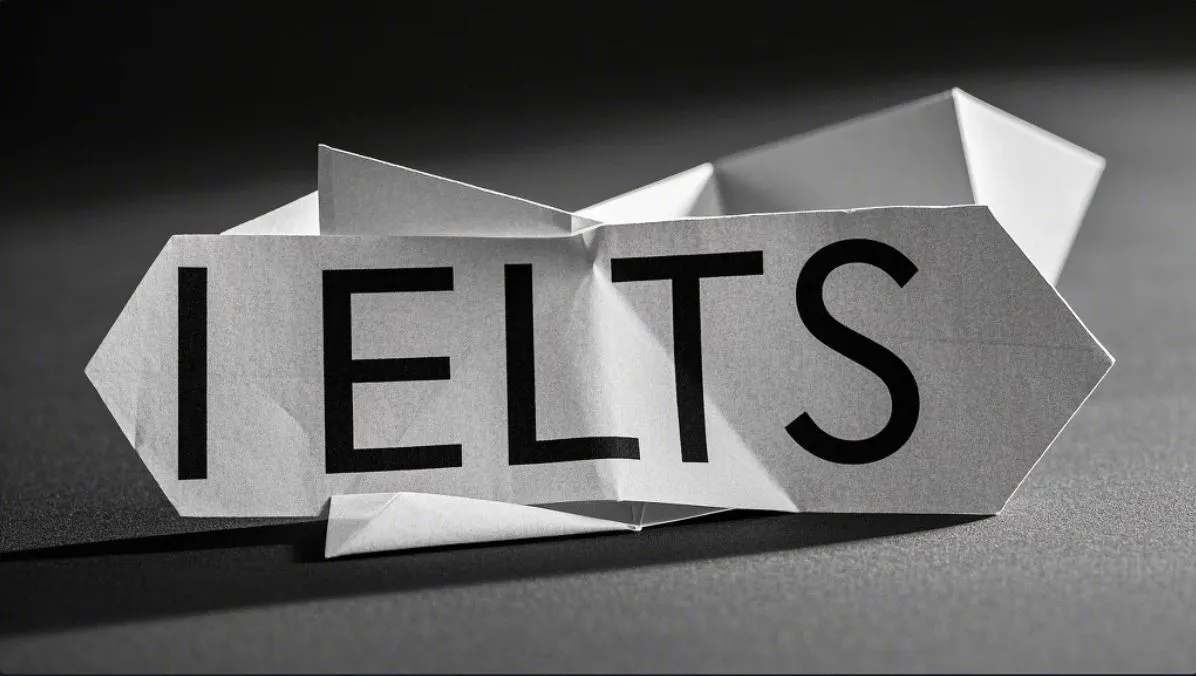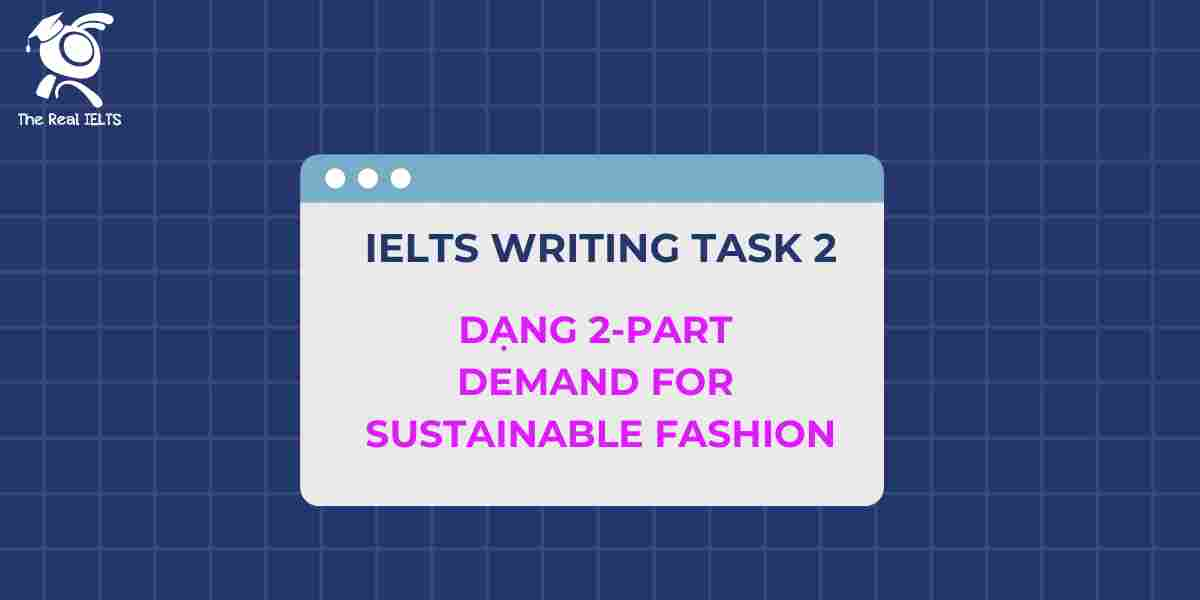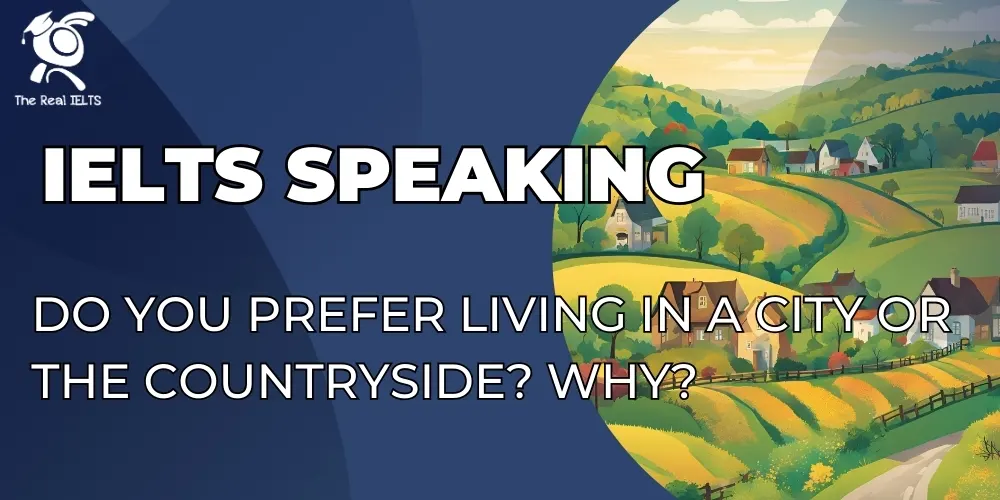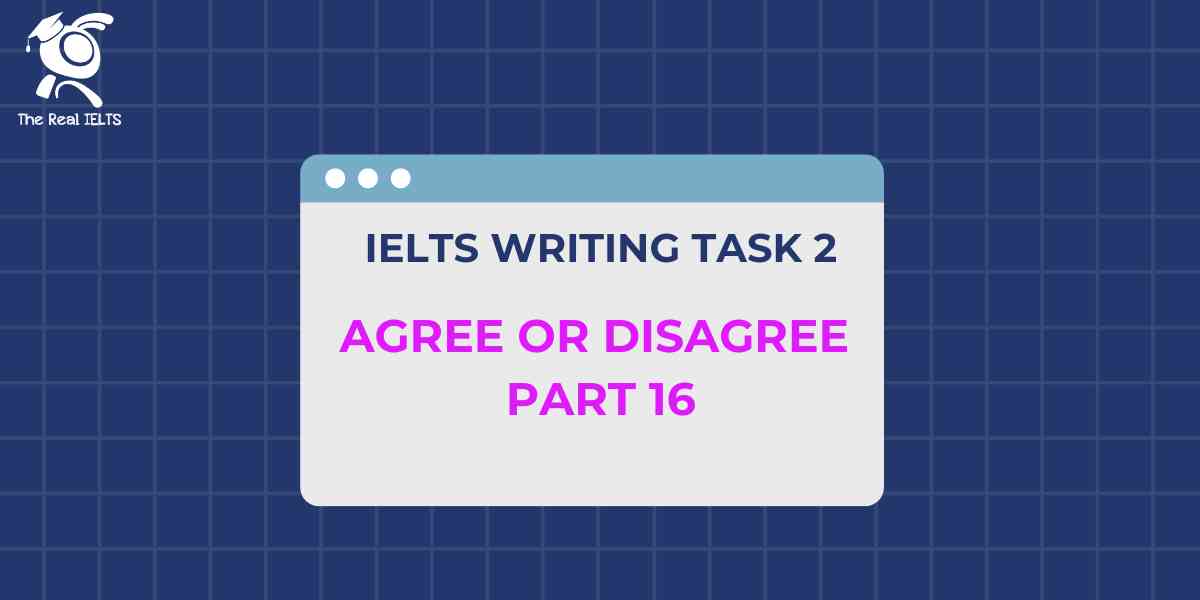Đề thi IELTS Reading có tiêu đề “The Development of Space Exploration”
Nhớ đọc thêm các bài luyện thi IELTS nhé.
IELTS Reading: “The Development of Space Exploration”
The Development of Space Exploration
Space exploration represents one of humanity’s most significant and ambitious endeavors, driven by the quest for knowledge, the thirst for adventure, and the innate human desire to explore the unknown. Over the past century, the field of space exploration has developed from a theoretical concept to a sophisticated, high-stakes global enterprise. The evolution of space exploration can be divided into several key phases, each marked by groundbreaking achievements, scientific discoveries, and the overcoming of numerous challenges.
The early stages of space exploration were largely driven by the geopolitical tensions of the Cold War, particularly between the United States and the Soviet Union. This period, known as the Space Race, began in the late 1950s and was characterized by intense competition to achieve supremacy in space technology and exploration. The launch of the Soviet satellite Sputnik 1 in 1957 marked the beginning of this race, as it was the first human-made object to orbit the Earth. This event not only shocked the world but also spurred the United States to accelerate its own space program, leading to the creation of NASA (National Aeronautics and Space Administration) in 1958.
The following decade saw rapid advancements in space technology, culminating in one of the most iconic moments in human history: the Apollo 11 mission. On July 20, 1969, American astronauts Neil Armstrong and Buzz Aldrin became the first humans to set foot on the Moon, a feat that symbolized not just a victory in the Space Race but also the potential of human ingenuity and perseverance. The Apollo program, which ran from 1961 to 1972, was instrumental in providing invaluable scientific data about the Moon, as well as demonstrating the feasibility of human space travel.
However, the end of the Apollo program also marked a shift in the focus of space exploration. With the conclusion of the Space Race, the emphasis moved away from competition towards cooperation and scientific discovery. The 1970s and 1980s saw the launch of various space probes, such as the Voyager missions, which provided unprecedented insights into the outer planets and beyond. These missions expanded our understanding of the solar system, revealing the complexity and diversity of planetary environments, and raising new questions about the possibility of life elsewhere in the universe.
The development of space exploration also saw a significant shift towards international collaboration during the latter half of the 20th century. The construction of the International Space Station (ISS), which began in 1998, is perhaps the most prominent example of this trend. The ISS is a joint project involving space agencies from the United States, Russia, Europe, Japan, and Canada, and serves as a microgravity laboratory where scientific research is conducted across a wide range of disciplines. The ISS has also played a crucial role in fostering international cooperation in space, promoting peaceful uses of space technology, and advancing our understanding of long-duration spaceflight and its effects on the human body.
In recent years, space exploration has entered a new era, characterized by the growing involvement of private companies and the commercialization of space. Companies like SpaceX, Blue Origin, and Virgin Galactic are pioneering efforts to make space travel more accessible and sustainable. SpaceX, in particular, has made headlines with its development of reusable rocket technology, significantly reducing the cost of launching payloads into space. In 2020, SpaceX’s Crew Dragon spacecraft became the first privately-owned vehicle to transport astronauts to the ISS, marking a new chapter in human spaceflight.
This new phase of space exploration also includes ambitious plans for the future, such as the return of humans to the Moon under NASA’s Artemis program, which aims to establish a sustainable human presence on the lunar surface by the end of the decade. Additionally, there are ongoing efforts to send crewed missions to Mars, with the ultimate goal of establishing a human settlement on the Red Planet. These endeavors, while fraught with technical and logistical challenges, represent the next frontier in space exploration and hold the potential to significantly expand our presence beyond Earth.
Moreover, the exploration of space is not limited to government agencies and large corporations. There is a growing interest in space from a wide range of actors, including smaller companies, academic institutions, and even individuals. The rise of CubeSats, small satellites that can be developed and launched at a fraction of the cost of traditional satellites, has democratized access to space, allowing more players to participate in space exploration. This trend is likely to continue, leading to an increasingly diverse and dynamic space exploration landscape.
In conclusion, the development of space exploration has been a remarkable journey, driven by a combination of competition, cooperation, and innovation. From the early days of the Space Race to the current era of commercialization and international collaboration, space exploration has continually pushed the boundaries of what is possible. As we look to the future, the challenges and opportunities of space exploration will undoubtedly inspire new generations of scientists, engineers, and explorers to continue humanity’s journey into the cosmos.
Đề bài thi IELTS Reading
Multiple Choice (10 câu)
- What event marked the beginning of the Space Race?
- A. The launch of Apollo 11
- B. The creation of NASA
- C. The launch of Sputnik 1
- D. The construction of the ISS
- Which country was the first to send a human-made object into orbit?
- A. The United States
- B. The Soviet Union
- C. China
- D. Japan
- The Apollo 11 mission is best described as:
- A. A mission to build the ISS
- B. A victory in the Cold War
- C. The first human landing on Mars
- D. The first human landing on the Moon
- Which of the following best characterizes the shift in focus after the Apollo program?
- A. From scientific discovery to competition
- B. From competition to cooperation
- C. From human space travel to satellite technology
- D. From lunar exploration to interstellar travel
- The ISS is an example of:
- A. National competition
- B. International collaboration
- C. Private space exploration
- D. Military space exploration
- SpaceX’s Crew Dragon spacecraft is significant because:
- A. It was the first spacecraft to land on Mars
- B. It was the first privately-owned vehicle to transport astronauts to the ISS
- C. It was the first reusable rocket
- D. It was the first commercial space station
- What is NASA’s Artemis program primarily focused on?
- A. Establishing a base on Mars
- B. Returning humans to the Moon
- C. Building a new space station
- D. Developing reusable rockets
- Which company is known for developing reusable rocket technology?
- A. Blue Origin
- B. Virgin Galactic
- C. SpaceX
- D. NASA
- The development of CubeSats has primarily contributed to:
- A. Reducing the cost of space exploration
- B. Enhancing international cooperation
- C. Making space exploration more accessible to smaller entities
- D. Enabling human space travel
- The future of space exploration is likely to:
- A. Be dominated by government agencies only
- B. Focus solely on Mars exploration
- C. Involve a more diverse range of participants
- D. Reduce interest in space travel
True/False/Not Given (10 câu)
- The Space Race began in the early 1950s.
- True
- False
- Not Given
- Sputnik 1 was launched by NASA in 1957.
- True
- False
- Not Given
- The Apollo program ended in 1972.
- True
- False
- Not Given
- The construction of the ISS was initiated by the European Space Agency.
- True
- False
- Not Given
- SpaceX’s reusable rockets have made space travel less expensive.
- True
- False
- Not Given
- The Artemis program aims to land humans on Mars by 2030.
- True
- False
- Not Given
- The rise of CubeSats has made it easier for private companies to send satellites into space.
- True
- False
- Not Given
- The ISS is used for both scientific research and military purposes.
- True
- False
- Not Given
- The Voyager missions were launched in the 1980s.
- True
- False
- Not Given
- Virgin Galactic has successfully sent humans to the ISS.
- True
- False
- Not Given
Yes/No/Not Given (5 câu)
- The author believes that the Space Race was primarily driven by scientific curiosity.
- Yes
- No
- Not Given
- The author suggests that international cooperation in space exploration became more common after the Cold War.
- Yes
- No
- Not Given
- The author agrees that the ISS has significantly advanced our knowledge of long-duration spaceflight.
- Yes
- No
- Not Given
- The author feels that the commercialization of space is the most important development in space exploration.
- Yes
- No
- Not Given
- The author is optimistic about the future of space exploration.
- Yes
- No
- Not Given
Matching Headings (5 câu)
Match the following headings with the correct paragraphs:
- A. The Role of Private Companies in Space Exploration
- B. The Cold War and the Space Race
- C. The Apollo Program: A Giant Leap for Mankind
- D. International Collaboration: The ISS
- E. The Future of Space Exploration
- Paragraph 2
- Paragraph 3
- Paragraph 4
- Paragraph 5
- Paragraph 6
Sentence Completion (5 câu)
Complete the sentences below with no more than two words from the text.
- The Space Race was largely a result of __________ between the United States and the Soviet Union.
- The __________ mission was the first to land humans on the Moon.
- The __________ missions provided new information about the outer planets.
- The ISS is an example of successful __________ in space.
- CubeSats have made space exploration more __________ to smaller entities.
Short Answer Questions (5 câu)
Answer the following questions using no more than three words from the passage.
- What event started the Space Race?
- Which organization was created by the United States in 1958?
- What was the primary goal of the Apollo program?
- Which spacecraft first transported astronauts to the ISS?
- What is NASA’s program for returning humans to the Moon called?
Đáp án bài thi IELTS Reading
Multiple Choice
- C. The launch of Sputnik 1
- B. The Soviet Union
- D. The first human landing on the Moon
- B. From competition to cooperation
- B. International collaboration
- B. It was the first privately-owned vehicle to transport astronauts to the ISS
- B. Returning humans to the Moon
- C. SpaceX
- C. Making space exploration more accessible to smaller entities
- C. Involve a more diverse range of participants
True/False/Not Given
- False (The Space Race began in the late 1950s, not the early 1950s.)
- False (Sputnik 1 was launched by the Soviet Union, not NASA.)
- True
- False (The ISS was not initiated by the European Space Agency alone; it is a collaborative project involving multiple space agencies.)
- True
- False (The Artemis program aims to return humans to the Moon, not Mars.)
- True
- False (The ISS is used for scientific research, not military purposes.)
- False (The Voyager missions were launched in the 1970s.)
- False (Virgin Galactic has not sent humans to the ISS.)
Yes/No/Not Given
- No (The author indicates the Space Race was driven by geopolitical tensions, not primarily by scientific curiosity.)
- Yes
- Yes
- Not Given (The author discusses the commercialization of space but does not express a clear opinion that it is the most important development.)
- Yes
Matching Headings
- B. The Cold War and the Space Race (Paragraph 2)
- C. The Apollo Program: A Giant Leap for Mankind (Paragraph 3)
- D. International Collaboration: The ISS (Paragraph 4)
- A. The Role of Private Companies in Space Exploration (Paragraph 5)
- E. The Future of Space Exploration (Paragraph 6)
Sentence Completion
- geopolitical tensions
- Apollo 11
- Voyager
- collaboration
- accessible
Short Answer Questions
- The launch of Sputnik 1
- NASA
- Landing humans on the Moon
- Crew Dragon
- Artemis program
Luyện tập bài khác ở bài viết:”100 bài luyện IELTS Reading 2024 – 2025“















